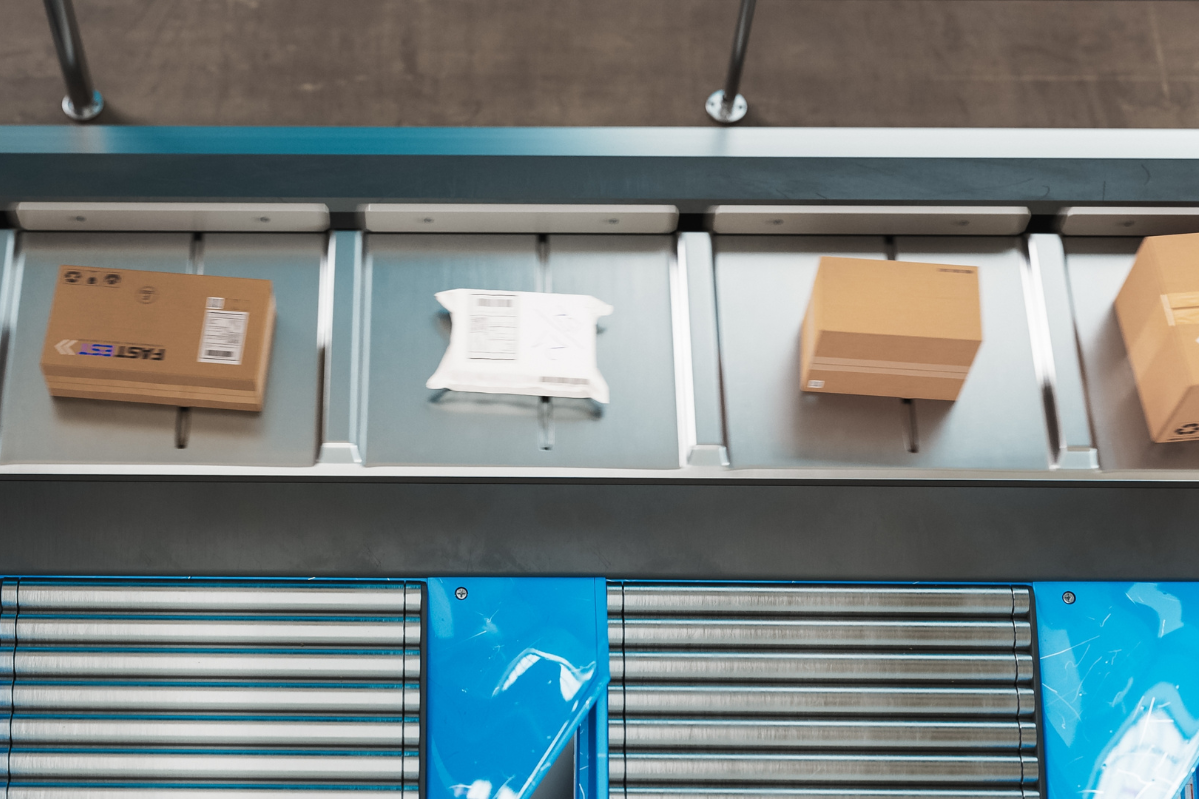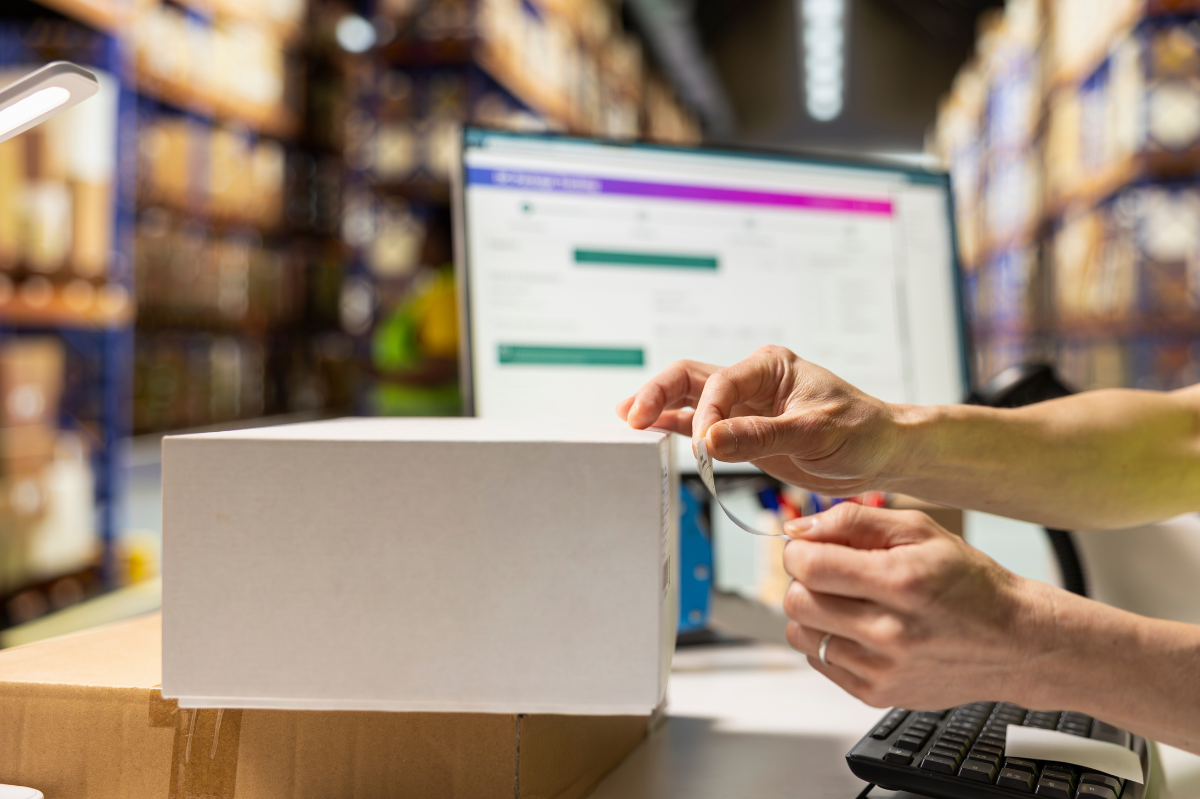Peak season in ecommerce isn’t just a sales surge—it’s an operational stress test. Every inefficiency in your fulfillment operations becomes magnified. Carrier delays, inventory misalignment, or last-minute process breakdowns can erode profits and customer trust in just a few short weeks.
Advanced planning is essential to handle the operational overload of seasonal shipping, helping to prevent disruptions and ensure timely delivery.
For mid-sized to enterprise-level ecommerce brands, the stakes are high. Success during peak periods is not won during Q4—it’s engineered months in advance through intelligent systems, strategic foresight, and scalable infrastructure. Effectively managing logistics and inventory is crucial to ensure readiness for the festive season and other high-demand periods.
Why Peak Season Isn’t Just a “Busy Season” Anymore
Holiday sales are only part of the picture. With the rise of DTC and ecommerce promotions scattered across retail calendars (think Singles Day, BFCM, and last-minute holiday shipping), peak periods now span several months and include unpredictable demand spikes. Main peak seasons like Black Friday and Christmas require special attention due to their significant impact on global shipping volumes.
This expanded window requires more than extra labor or weekend shifts. It requires structural preparedness—from how you route shipments to how you leverage data to forecast volume, outsource fulfillment, and allocate carrier capacity. Integrating multiple sales channels, such as your website, social media, and marketplaces like Amazon, is essential to efficiently manage unpredictable demand spikes during these extended peak periods.
1. Stress-Test Your Fulfillment Models Early
“If your systems can’t scale smoothly in August, they’ll break in December.”
The fulfillment process begins as soon as a customer places an order, making it critical to have robust fulfillment operations in place to handle increased demand.
Before peak hits, simulate high-volume conditions. Use historical data and projected sales to model throughput, pick-pack times, shipping SLAs, and carrier cutoffs. Ask:
- How many orders per hour can your team handle without error?
- Where are your single points of failure in fulfillment or carrier routing?
- Do your existing SOPs scale under pressure—or do they rely on human memory?
Evaluate different fulfillment strategies to ensure your supply chain remains scalable and efficient, especially under peak conditions.
Don’t just test the warehouse. Test your integrations, return flow, and automated shipping software rules. Your entire tech stack should be ready.
2. Re-Evaluate Carrier Mix and Zone Strategies
Carrier delays are more common during peak—especially for last-mile delivery. Relying on a single carrier is risky, even if you’re getting favorable rates.
Modern shipping strategy demands:
- Multi-carrier flexibility (domestic + international)
- Smart zone skipping or regional fulfillment
- Proactive tracking and carrier scorecards
- Leveraging distribution centers and fulfillment centers to optimize shipping zones and reduce delivery times
Leverage data to re-assign shipping zones based on actual volume density, not legacy assumptions. Utilizing a distribution center can support scalable logistics and improve shipping efficiency. Integrating automated carrier selection can help ensure SLA coverage while identifying low-cost shipping options in real time—especially when paired with dynamic rate shopping tools.
3. Use Data-Driven Forecasting
Many ecommerce teams still use last year’s peak as a template. But customer expectations and sales behaviors evolve quickly. Instead, feed your forecasting model with:
- SKU-level sales velocity by channel
- Average daily order volume vs. fulfillment output
- Carrier scan times and transit delays by region
- Marketing calendar triggers
- Monitoring inventory levels and receiving inventory efficiently to prevent stockouts during peak season
By combining these inputs, your team can better predict when and where order spikes will occur—and adjust warehouse staffing, carrier allocation, and inventory replenishment accordingly. Proactively managing inventory ensures you can meet demand and maintain operational efficiency during high-volume periods.
4. Get Smart About Cutoff Dates and Delivery Promises
Peak season exposes the gap between promised delivery and actual delivery. That gap costs you—both in margin (due to expedited upgrades) and customer experience. Timely deliveries are crucial during peak seasons like Christmas and New Year to maintain customer trust and satisfaction, making precise planning and coordination essential.
Here’s how advanced brands handle this:
- Dynamic cutoff rules based on real-time carrier data
- Geo-specific delivery timeframes embedded in product pages
- Intelligent fallback carriers when primary options exceed SLA thresholds
If you’re still publishing static cutoff dates sitewide, you’re leaving margin on the table.
5. Automate Where It Counts
Automation doesn’t mean handing over the reins. It means designing business rules that execute your logic at scale. Automation should begin as soon as the customer places or completes an order, ensuring a seamless transition into the fulfillment workflow. During peak season, this might include:
- Automatically routing orders to the most efficient fulfillment node
- Selecting the cheapest carrier that meets your SLA
- Flagging high-risk shipments for manual review
- Automating the process of shipping orders to ensure efficiency and accuracy during high-volume periods
VESYL's powerful automations do the heavy lifting for you, streamlining repetitive tasks such as order routing, shipping label generation, carrier selection, and customer notifications — all in real time — to reduce time, risk of error, and operational costs.
.png)
6. Audit Returns and Reverse Logistics Before They Hit
Most brands think about outbound only. But post-holiday returns can overwhelm a fulfillment system that isn’t prepared. Efficient returns processing and quality control checks are essential to maintain product standards and customer satisfaction during this period.
Build in returns forecasting and reverse logistics capacity before the wave hits:
- Is your WMS or OMS ready to track return reasons and resellable inventory?
- Can your team process returns at volume without slowing down outbound operations?
- Do you have RMA automation in place?
- Should you consider outsourced fulfillment solutions to handle high volumes of returns during peak season?
Returns should be treated as a core part of your ecommerce shipping strategy.
7. Managing Fulfillment Operations During Peak Season
The holiday season, with its headline events like Black Friday and Cyber Monday, brings a dramatic spike in online orders—and with it, a sharp increase in fulfillment costs. For ecommerce businesses, keeping these costs in check during peak season is essential to protect margins and maintain customer satisfaction.
The surge in order volume can quickly drive up expenses across the entire fulfillment process. Labor costs rise as you scale up staff to handle increased picking, packing, and shipping. Storage fees can balloon if inventory management isn’t tightly controlled, especially when storing inventory in multiple locations to speed up delivery. Expedited shipping, often necessary to meet tight holiday deadlines, can further erode profits if not managed strategically.
To manage fulfillment costs effectively during peak periods, start by analyzing your order fulfillment process for inefficiencies. Use data from previous peak seasons to forecast demand and optimize inventory storage—ensuring you have the right products in the right fulfillment centers to minimize shipping distances and costs. Consider leveraging multiple fulfillment models, such as a mix of in house fulfillment and third party logistics partners, to gain flexibility and access to shipping discounts.
Negotiating rates with logistics companies ahead of the holiday rush can also help lower shipping costs. Many carriers offer volume-based discounts, especially if you can commit to certain order thresholds. Additionally, automating order processing and using an advanced order management system can help you save time, reduce errors, and keep operational costs low.
Ultimately, the key to managing fulfillment costs during peak season is balancing efficiency with the need to meet customer expectations for fast, reliable shipping. By proactively refining your ecommerce fulfillment process and leveraging data-driven strategies, your ecommerce business can deliver a standout customer experience—without letting fulfillment costs spiral out of control.
Final Thoughts
Brands that thrive during peak season don’t rely on hustle. They build resilient, data-backed, and scalable systems that flex under pressure. As shipping consultants, we’ve seen firsthand how the right foundation—software, processes, and foresight—translates into margin protection and operational peace of mind. Ecommerce fulfillment is important not only for operational efficiency but also for maintaining brand loyalty and protecting your brand's reputation during peak season.
Now is the time to audit, automate, and align your fulfillment strategy—not when the first flash sale hits. Treat peak season shipping like the Super Bowl of logistics—and prepare like you’re going for the championship ring.
Related Topics
Learn how VESYL can save you money on shipping
Not sure which plan suits you best? Have questions about our software? Contact our sales team for expert guidance.
.png)

.png)
.png)



